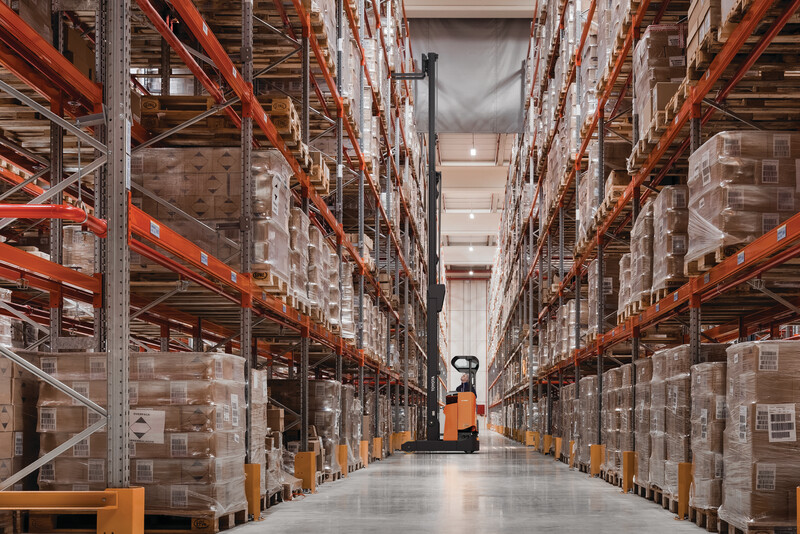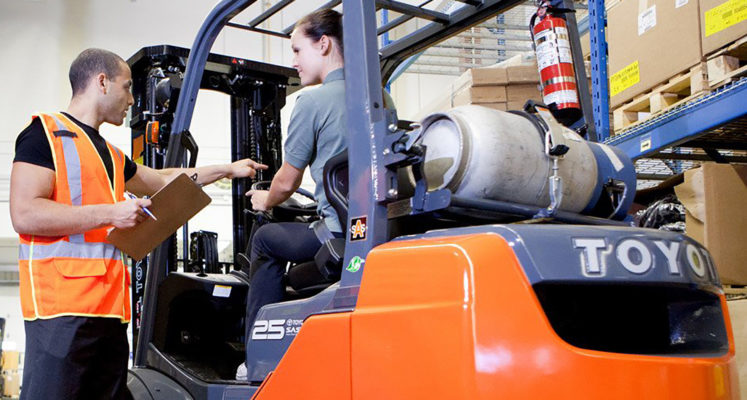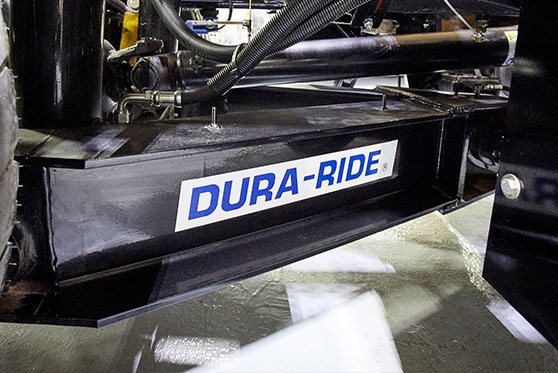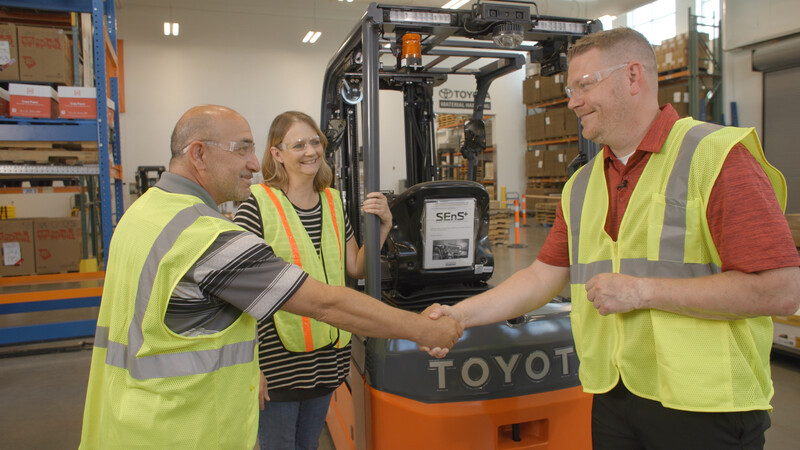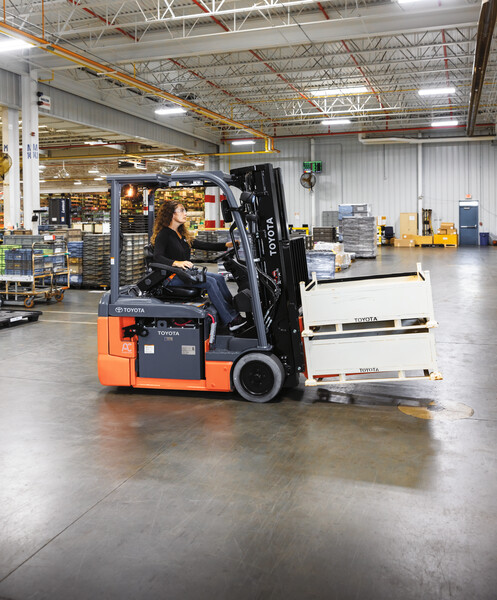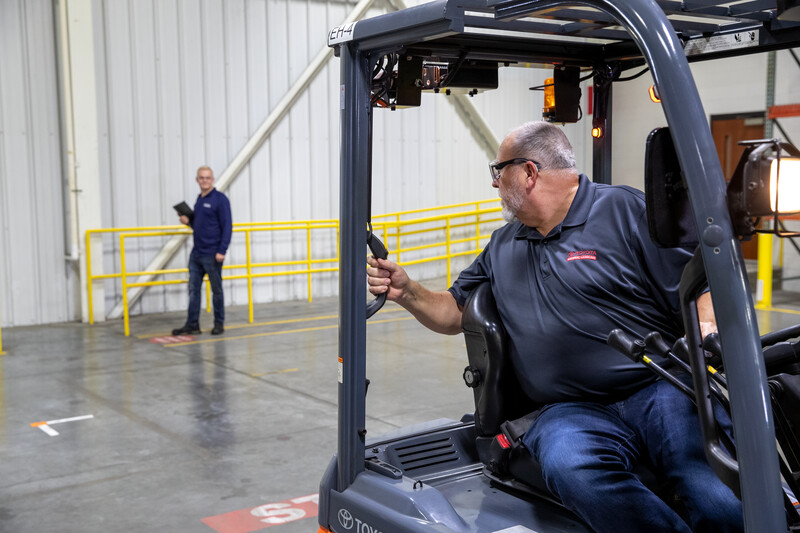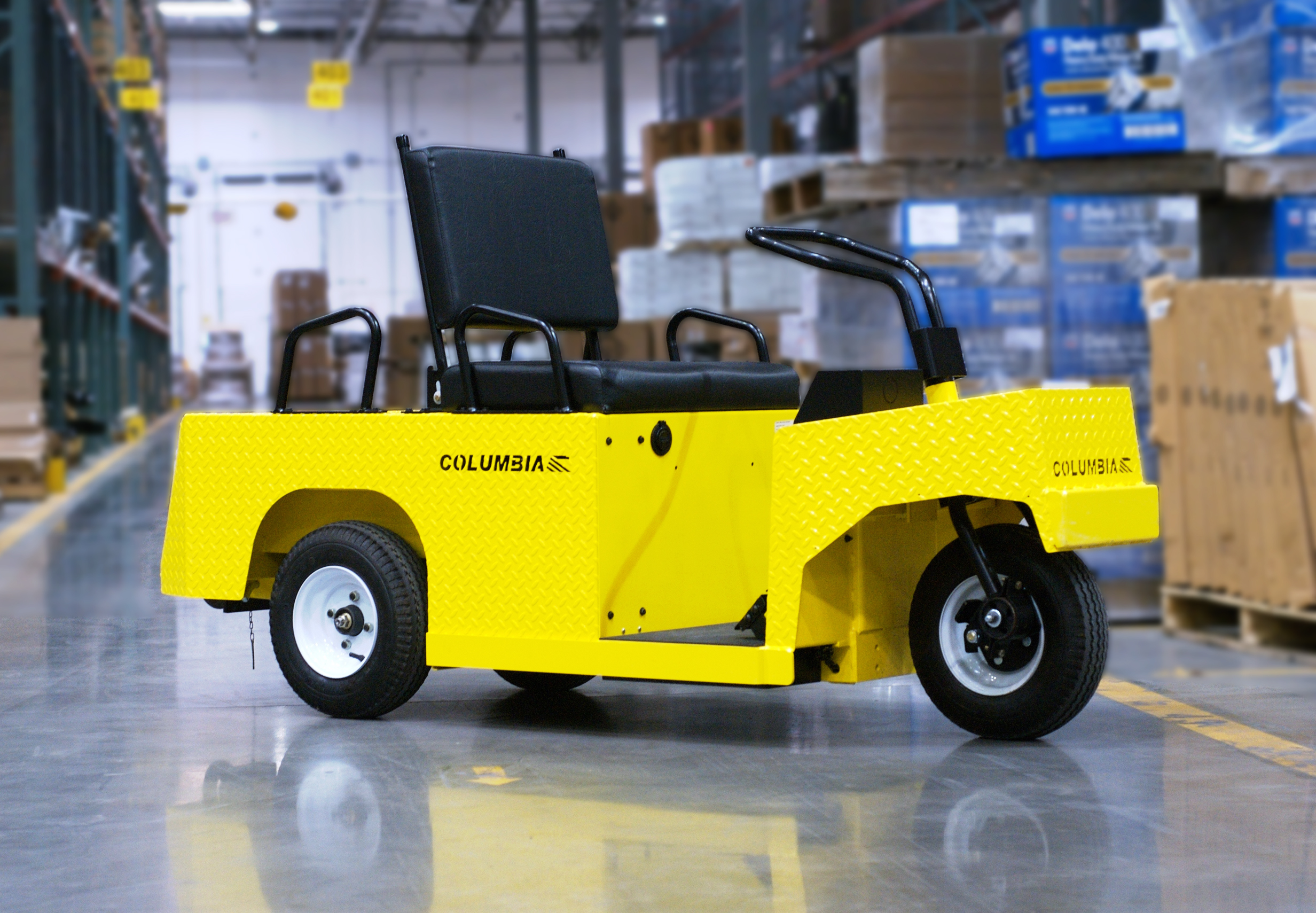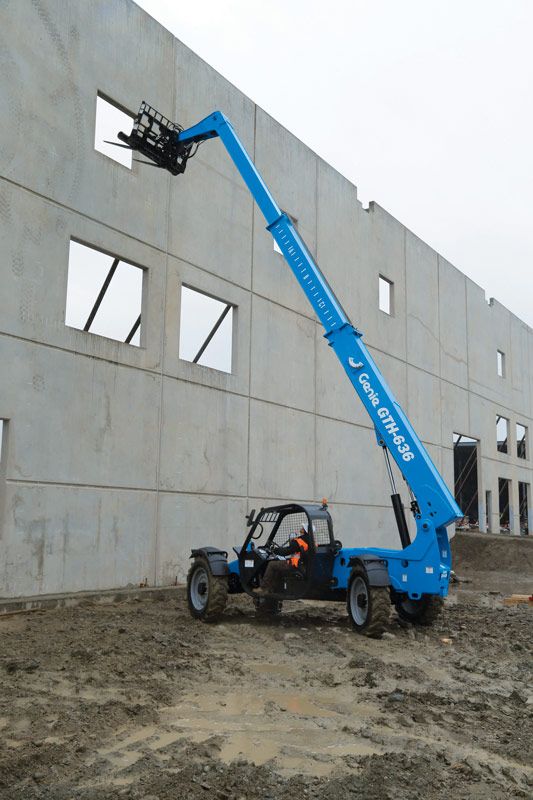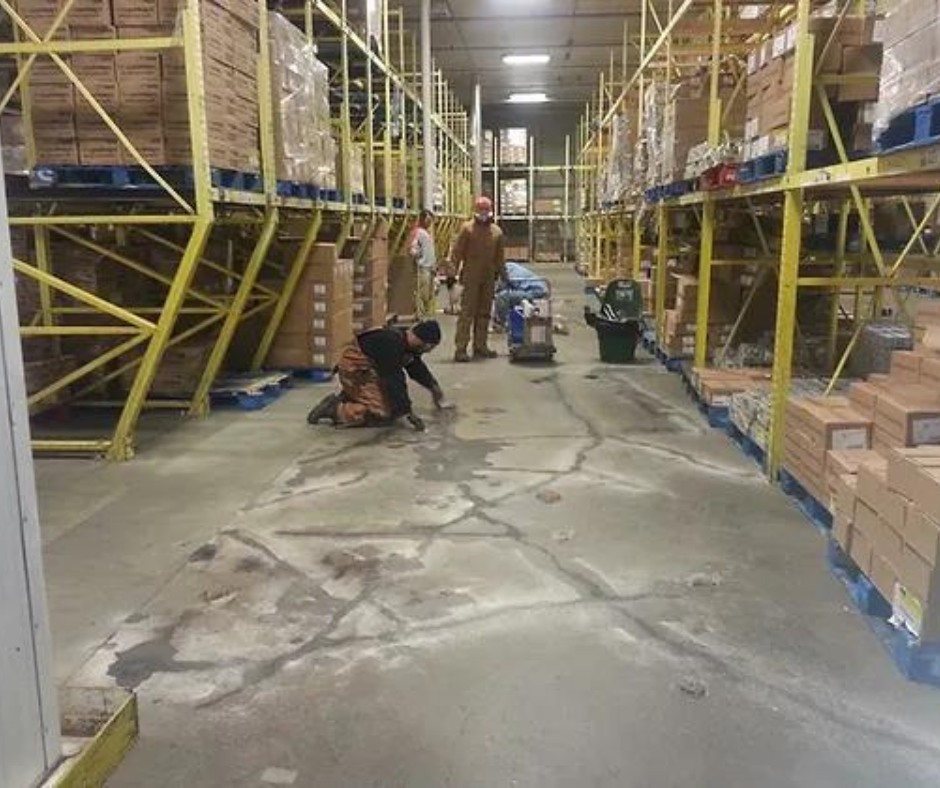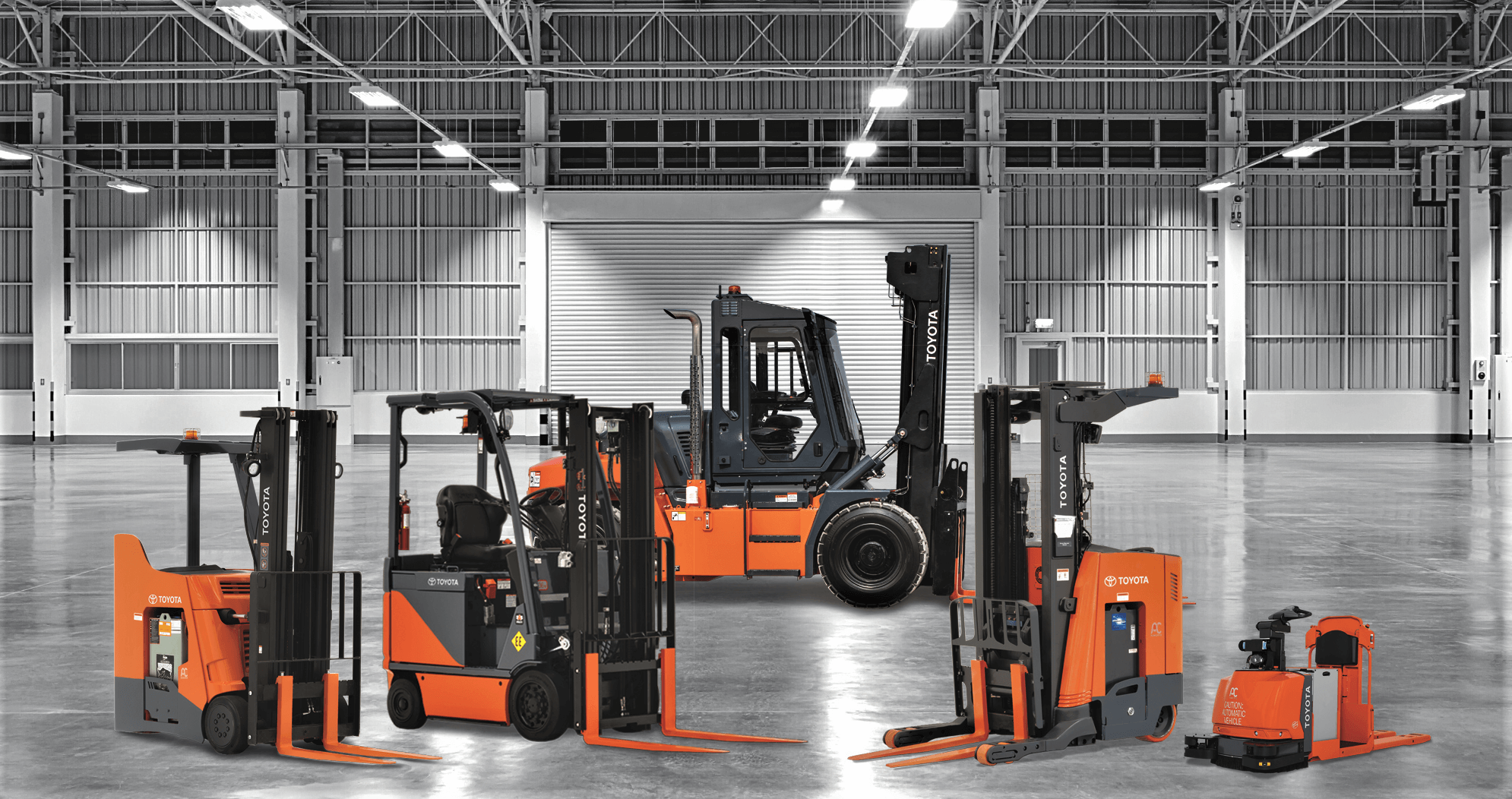Warehousing is a critical component of the supply chain, and efficient storage solutions play a pivotal role in optimizing space and enhancing productivity. Among the various storage systems available, warehouse racking stands out as a versatile and space-efficient solution. At Southeast Industrial Equipment, we offer many different types of warehouse racking systems, each designed to address specific storage needs and maximize warehouse space utilization.
1. Selective Pallet Racking:
Selective pallet racking is one of the most common and widely used racking systems, offering direct access to every pallet. This makes it ideal for warehouses with diverse product lines. Its high selectivity, easy accessibility, and ability to adjust to different pallet sizes make it a versatile choice.
2. Drive-In and Drive-Through Racking:
Drive-in and drive-through racking systems are designed for high-density storage, suitable for products with low turnover rates. By allowing forklifts to drive directly into the rack, these systems maximize storage density, reducing aisle space.
3. Push Back Racking:
Push back racking operates on a Last-In, First-Out (LIFO) inventory system. It allows multiple pallets to be stored on a set of nested carts, maximizing storage density, providing high selectivity, and suiting both bulk and broken-case picking.
4. Pallet Flow Racking:
Pallet flow racking utilizes gravity rollers to enable pallets to flow from the loading end to the unloading end. Ideal for warehouses with high inventory turnover, it promotes first-in, first-out (FIFO) inventory management.
5. Cantilever Racking:
Cantilever racking is designed for the storage of long and bulky items such as lumber and furniture. Allowing easy loading and unloading of oversized items, it maximizes storage space for non-standard products.
6. Mezzanine Racking:
Mezzanine racking involves constructing an elevated platform within the warehouse to create additional storage space. Maximizing vertical space, it provides a cost-effective solution for warehouses with limited floor space.
Choosing the right warehouse racking system is crucial for optimizing storage space, improving efficiency, and enhancing overall warehouse operations. Each type of racking system comes with its unique advantages, making it essential for businesses to carefully evaluate their specific needs and requirements before selecting the most suitable solution. Here at Southeast Industrial Equipment, we know that implementing the right warehouse racking system, businesses can streamline their storage processes and contribute to a more efficient and organized supply chain.
